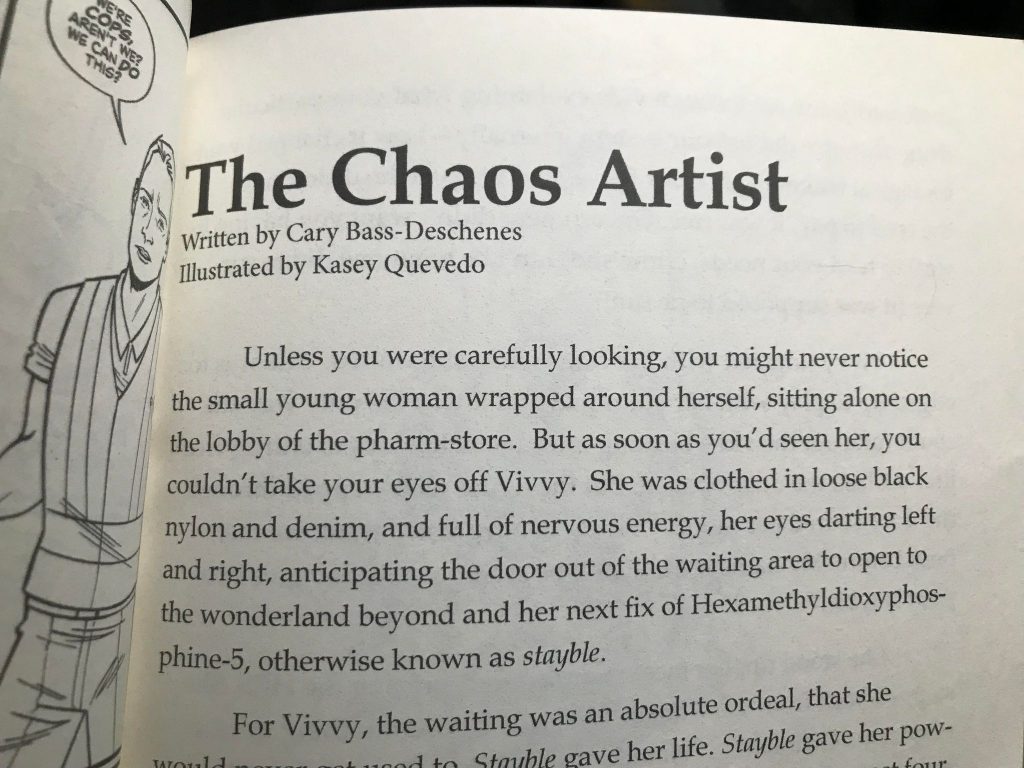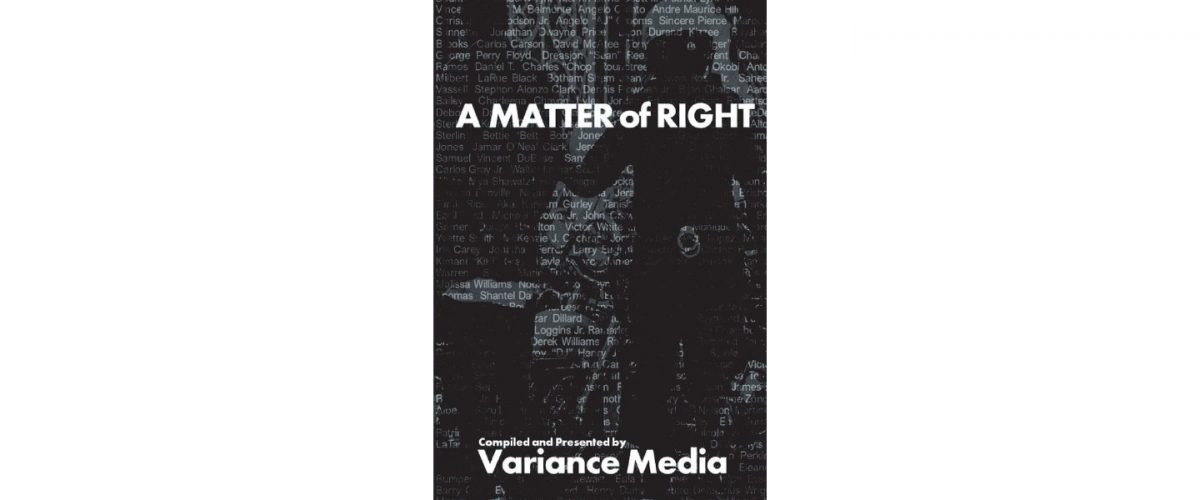In April of 1860, two cousins left their family home in the tiny town of Fields, Alabama on account of the Gold Rush in California. They traveled together over land and river, through the Rockies to arrive in Carson City, where they stocked up on prospecting supplies and food rations. Ulysses Yates, 19 years old, had argued for making an investment in a map there in Carson City, but Pete Campbell, who was 21, said there was no need to spend the money, he’d already looked at enough maps and had the route in his head of where they needed to go. As the older cousin, Pete always won out, so the two set out southwest, into the Sierra Nevada, with nothing to go on except Pete’s instincts, a dream of becoming rich beyond their wildest dreams, and a peculiar and highly specific vision.
Way back in Fields, Pete had looked at a map of the west out of a magazine, and saw something strange. On the map, right there in California, just to the left and down of where it cut an angle on the border of Utah Territory, there was a sparkle shining up. It was bright and clear as day and Pete studied it and memorized its exact position on the map. So when he saw maps in Carson City, there was nothing where the pinlight had been just space between some mountain lumps.
And so, unbeknownst to Ulysses, the pair was following something out of Pete’s dreams, and they traveled for 10 days to the mountainous region. But as they hiked around trails and over ranges Ulysses steadily grew more agitated that they might not have been going anywhere at all.
But Pete reassured him that they were heading in the right direction, that he “sensed” the gold, despite not always seeming certain when choices needed to be made. Eventually, they found themselves walking along a perilous perch on a cliff, up to a plateau, across it and then down an equally perilous natural pathway that led to a canyon floor, an area well covered in douglas fir. Pete looked at his cousin and told him that they’d reach their destination. They set up camp while there was still daylight, dim as it was, because the sun had already traveled well beyond the top of the western canyon wall.
When daylight came, they explored around the canyon floor. Almost at the very moment the sun appeared over the eastern wall, they came upon a rock face that suddenly glimmered in the sunlight, a thin crack of speckles and glints shining at them like a smile. Ulysses was struck dumb, giggling at the fortune, and ran toward the natural wall, his fingers feeling around for a shiny pebble he could simply pull off. Pete had been utterly convinced of his message, and having now been vindicated of its veracity, walked over the Ulysses, patted him on the back and suggested they get started.
Over the summer months, Pete and Ulysses would mine the vein, and every time it seemed like it was coming to an end, it would fan out again. They’d only had pickaxes, and no way of getting better equipment, so the going had been slow. Pete assured Ulysses in the Fall they’d head back to Carson City and get more supplies, but for the summer they would work at mining it with their simple tools.
When the Fall came, the cousins continued to work, but one morning at the end of September, the arrival of a freak early snowfall set Ulysses to panic. He urged his brother to depart for Carson City with haste, telling him that they’d collected more than enough, but Pete assured Ulysses that it was unusual: it would melt and they’d have plenty of time after. Ulysses agreed, and they persisted and the snow was gone in a couple of days.
But three days later, while they were in their tent in the small morning hours, the ground started shaking heavily and continued for nearly a minute. They woke up to the sound of loud cracks as high branches fell to the ground. Ulysses was once again convinced now that it was time to leave. Pete agreed this time, and the two brothers packed up, including a handful of gold rocks, and dug a hole for the remainder.
But they’d never leave the canyon. With Ulysses in front, Pete behind, they had been traversing the route up the canyon wall, when the ground gave way and both brothers fell to the canyon floor, cracking Ulysses’s skull and breaking Pete’s legs. Ulysses died within hours, while Pete suffered in agony for days, managing to crawl back to camp but unable to allow his legs to heal or properly protect himself from the elements. He froze to death a week later, lying atop of the stashed gold.
With nobody alive to know the location of the canyon or the mine, nobody sought it out. And even if they had, they’d find it inaccessible, the path up the mountain and down the canyon wall that Pete had so easily navigated was destroyed. So the canyon and the mine had been left in its condition for year after year, decade after decade, with no witness other than the wildlife: deer, mountain lions, bears.
For survey crews, because of its accessibility, nobody even knew a canyon was there at all for at least a century. All of California had now been mapped, but where the canyon ought to have been was an empty blank space.
Time marches on, however, and it would not stay hidden forever. While the canyon was hidden from ground view, it appeared on satellite images. And those images were used to improve maps. In 1985 a cartographer with a sense of humor who had been updating geological survey maps of the region, decided to label it, “Nameless Gulch,” which was how it would be called for the next fifty years.
It was a tiny little canyon in the middle of some average summits, not notable. And oddly, nobody took interest in it. No government agencies, no corporations looking to tap its resources. It was a footnote, an afterthought, too costly to explore for what, a few acres of green land? Mostly, nobody was interested in it.
But technology would advance. In 2032, a patent was issued, on a Long Range Precious Metals Detector. Which led to the Gold Rush of 2033, the following year. Helicopters began to criss-cross the state, with these sensors.
In June, a team of field geologists working for PanCorp were on a helicopter over the area when their sensor went off, a large untapped vein of gold was in the chasm nearby. Dr. Jessup, the leader of the team, declared with excitement, “Our work has finally paid off, folks! Record the coordinates and let’s fly back to figure out how we’re going to access it.”

